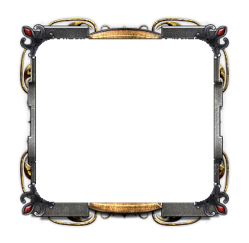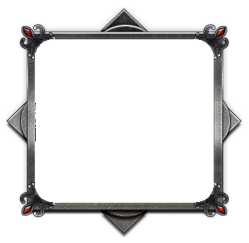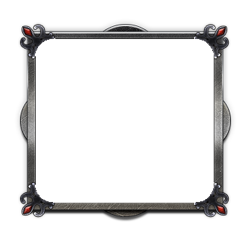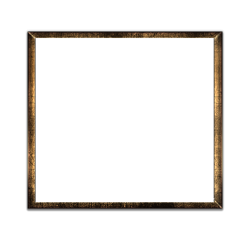But other creations belong to the Earth itself. For who could marvel enough that on the hills of Puteoli there exists a dust (pulvis)—so named because it is the most insignificant part of the Earth—that, as soon as it comes into contact with the waves of the sea and is submerged, becomes a single stone mass, impregnable to the waves and every day stronger
~ Pliny the Elder, Naturalis Historia
 The dome of the Roman Pantheon - the largest unreinforced concrete structure on earth
The dome of the Roman Pantheon - the largest unreinforced concrete structure on earth
The second entry in the Crafting Complexity Journal is on one of my favorite ancient marvels: concrete. The Wikipedia article is very good, but I’ll try to go a little beyond that to show how we have only very recently begun to understand exactly how ancient concrete actually worked. I'll also draw a few connections between the short history presented here and how we might see it expressed by architects and others in Chronicle of Elyria.
After all the millennia of monumental construction, it was the discovery and systemic development of concrete in Rome around 300 BCE that finally freed men (for a time) from the laborious tasks of stone-cutting and movement. Here was stone- in all appearance and durability like some sedimentary rock cut from a quarry, but able to be produced at the point of demand and in a formable state. The technology was almost unique to Rome; indeed, it was almost dependent on Rome and the volcanic ash common to Italy’s geography. The ash was exported all over the Roman world for architecture, bridge building, and monuments. When Rome fell, the craft of concrete-making fell with it, and it was not to be discovered again for over a thousand years.
Roman concrete
By the time of Rome, many societies had observed that limestone could be burnt by fire into a different substance called “quicklime”. (The chemical transformation here, for those interested, is from the carbonate to the oxide: CaCO3 -> CaO + CO2). Quicklime is useful for many things: lowering the acidity of the soil, refining metals, and when mixed with water it becomes cement, which will harden over time and stick to what it coats. The Roman innovation was to mix quicklime cement with the volcanic ash that had been deposited over eons by local volcanos. There were two primary ways in which this was done, as described by the architect Vitruvius and the natural historian Pliny the Elder.
In the first century AD, the Caesar Augustus began a campaign of restoration and renewal of the monuments of Rome, and in this era concrete usage was universal. The recipe was simple: 4 parts of either brick rubble or spongy volcanic rock called pumice as aggregate fill + 3 parts volcanic ash from the Albin Hills south of Rome + 1 part quicklime + water. This mixture is now known as Imperial monument concrete, and much of it has survived two thousand years of daily use into the present day.
Natural earthquake resistance
Even more impressive, any structure of Roman concrete now standing has survived at least half a dozen earthquakes. Modern day concrete would be challenged by these conditions, to say the least, and we have the benefit of iron rebar rod that the Romans did not have. Our recipe is different, though, and the Roman version produced upon curing a type of mineral called strätlingite that is not seen in modern concrete. The plate-like, fibrous nature of this mineral gives the containing concrete a natural resistance to cracking[1]. The budding architect should take note: cut stone upon cut stone is a brutally simple way to build, but true durabilty comes with concrete properly applied.
Concrete chemistry is complex. Almost all variations of the class of materials we call concrete contain the same three basic building blocks: silica, or sand, with the chemical formula SiO2, lime, or CaO, and water. These three substances can react to form dozens of different minerals depending on the proportions and conditions. In the Roman concrete, two more variables are added: aluminum and sodium are present in the volcanic ash. It is these that allows strätlingite to form, and it is strätlingite that gives the concrete of Rome its toughness in the face of both earthquakes and Father Time.
Seawater concrete
The other concrete was defined by the addition of seawater, and it defined Rome’s ports as centers of trade in the Mediterranean. Many of these ports still stand today; the original concrete still undiminished by seas that would reduce modern concrete to sand in a matter of decades.
The recipe again was simple enough, using the traditional ingredients: 3 parts pumice + 2 parts Puteoli ash + 1 part quicklime + seawater. The ash for this concrete was taken from the volcano at Puteoli, near the one that would later bury Pompeii.
This concrete was defined by a slightly different mineral in the cured mixture: the additional sodium present in the seawater favored the creation of aluminum tobermorite, which requires alkaline elements like potassium or sodium. The resulting concrete can be submerged in the ocean without risk of it soaking up the sodium or chlorine that both give the sea its salty familiarity and spell eventual death to the concrete that we use today. Here the natural scientist or classically trained explorer might note cementitious conglomerates formed in the water of a quiet bay, as the Romans may have done at the birth of their empire.
By this point you might be wondering if the impressive resilience of Roman concrete means that volcanic ash is required for the creation of man-made stone in antiquity. The answer is no- you can make do with simple quicklime and pebbles in a pinch. Conversely, founding a city by the sea on the hillside of an ancient volcano will risk disaster, but you might just launch an empire!
- M.D. Jackson, et al, “Mechanical resilience and cementitious processes in Imperial Roman architectural mortar,” Proceedings of the National Academy of Sciences 111 [52] (2014), pp. 18484-18489 Link
- M.D. Jackson, et al, “Unlocking the Secrets of Al-tobermorite in Roman Seawater Concrete,” American Mineralogist 98 (2013) pp. 1669-1687 Link
If you found this post interesting and informative, please check out the series!



 The dome of the Roman Pantheon - the largest unreinforced concrete structure on earth
The dome of the Roman Pantheon - the largest unreinforced concrete structure on earth






